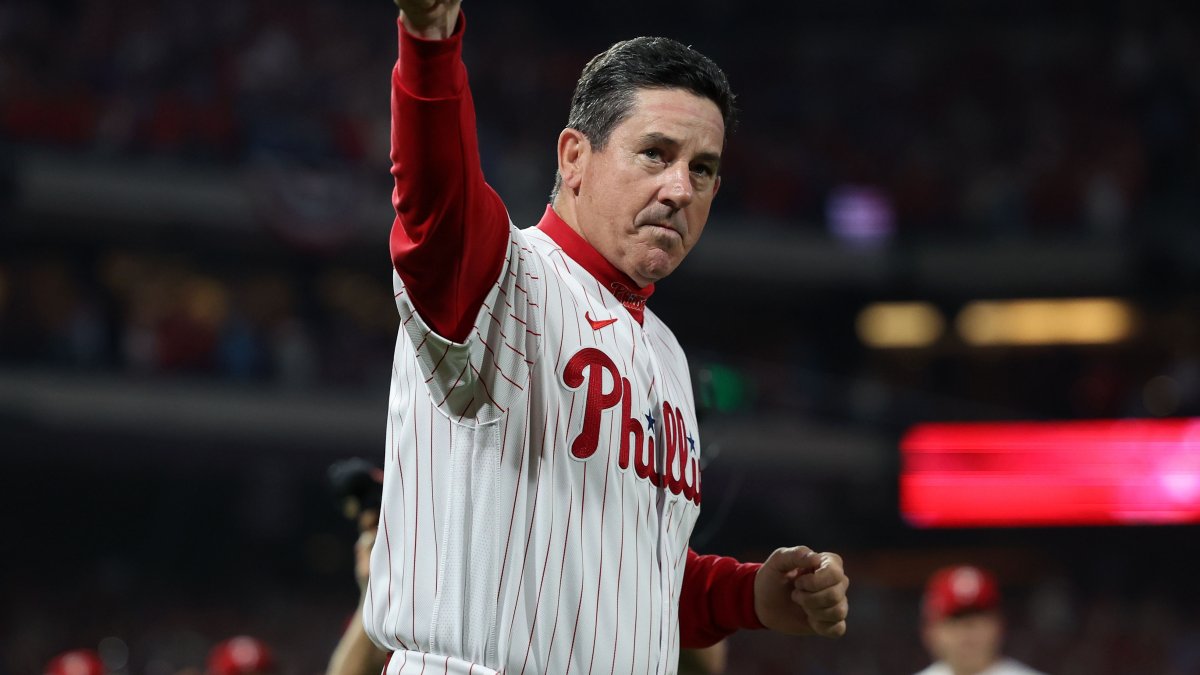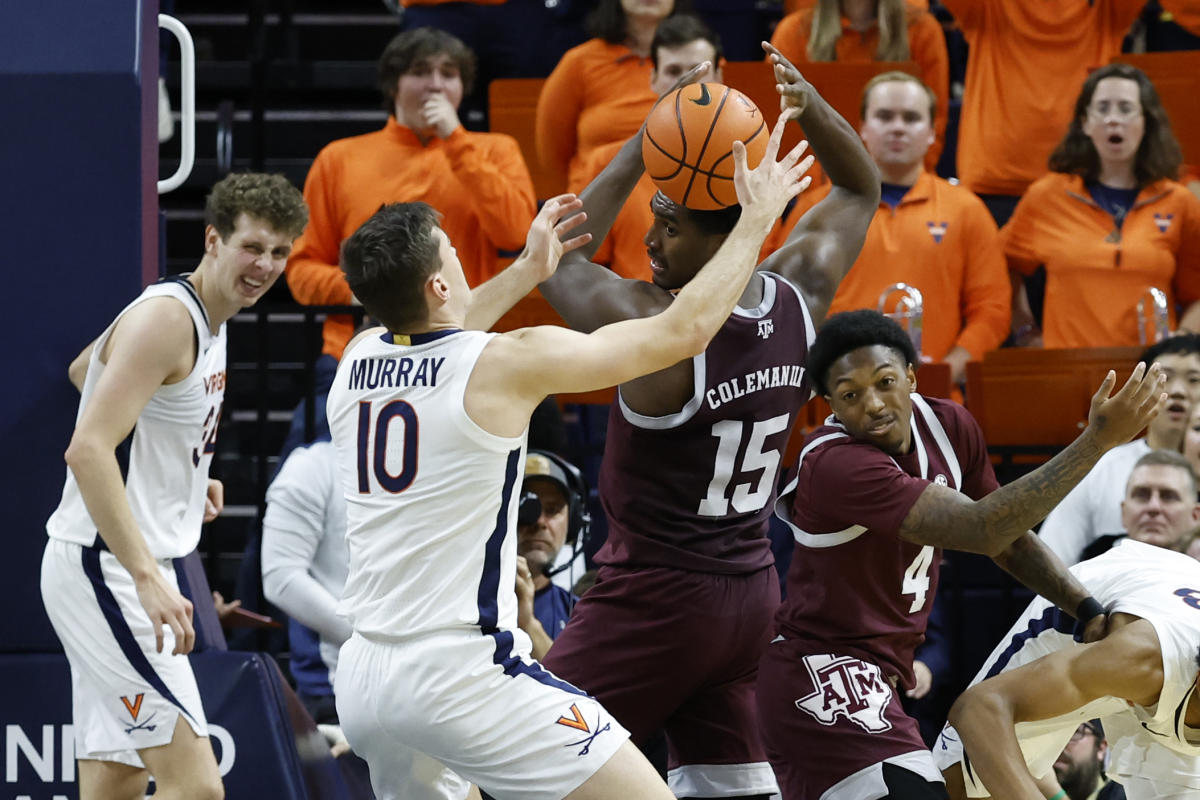Oct. 24—MORGANTOWN — RaeQuan Battle, a guard for WVU, is currently facing an unfortunate situation: being informed by the NCAA that he will not be eligible to play college basketball this season. WVU is appealing the decision to the NCAA Committee for Legislative Relief. However, it’s unlikely that the decision will be reversed. But this summary only scratches the surface of Battle’s case and who he truly is.
In order to fully understand Battle’s story, we must acknowledge the complexities and shortcomings of the NCAA waiver process. The NCAA has a long history of being vague on crucial matters, which has led to numerous public relations disasters and criticism from WVU fans and others on social media.
The official NCAA rulebook is extensive, covering a wide range of topics related to college sports. However, when it comes to important issues like transfer waivers, suspensions, and recruiting violations, the manual lacks clarity and leaves interpretation up to committees on a case-by-case basis.
Now let’s specifically address Battle’s case. The NCAA sent a memo in March regarding its stance on student-athletes transferring more than once while still in college. Battle happens to fit this description, as he has previously played at Washington and Montana State. His transfer to WVU is his third and he has not yet earned a college degree.
On the surface, the NCAA’s stance on multiple transfers is commendable. Stories like that of Teddy Allen, a former WVU player who attended five different schools during his college career, undermine the purpose of the college experience. The NCAA outlined some exceptions to this rule that would allow for a waiver, such as reasons related to the student-athlete’s physical or mental well-being.
However, this exception is incredibly vague. During this summer, there were 2,000 men’s basketball players in the transfer portal who could have claimed that continuing to play basketball was in their best interest for physical or mental well-being. So, it’s no surprise that Battle falls under this category.
Battle’s story is one of overcoming adversity and personal loss. As an American Indian from the Tulalip Tribe in Washington, he is not only the first person from his tribe to receive a Division I basketball scholarship but also a hero to his community. Battle has faced immense heartache, including the suicide of his cousin and a mass shooting at his high school, in which he was related to the shooter.
In this case, continuing to play sports is crucial for Battle’s physical and mental well-being, as confirmed by his mother. So, the question remains: if not Battle, who else would the NCAA approve under these guidelines? This is a significant question that remains unanswered.
Currently, Battle’s case is in the hands of the NCAA Committee for Legislative Relief. This committee consists of members representing various Division I conferences, but they lack expertise in mental health. It’s questionable to rely on them to make final decisions on a student-athlete’s ability to play based on mental well-being.
This vague decision-making process further undermines the credibility of the NCAA. It’s unfair to provide vague guidelines for a second transfer and then deny someone like Battle who clearly meets those guidelines. This is why the NCAA continues to struggle with public relations.
TWEET @DomPostSports

Laura Davis covers the world of basketball with precision. Her articles explore NBA and college basketball, offering game analysis, player profiles, and highlights. Laura’s passion for hoops is evident in her comprehensive basketball coverage.




:no_upscale()/cdn.vox-cdn.com/uploads/chorus_image/image/72931262/usa_today_21973134.0.jpg)


